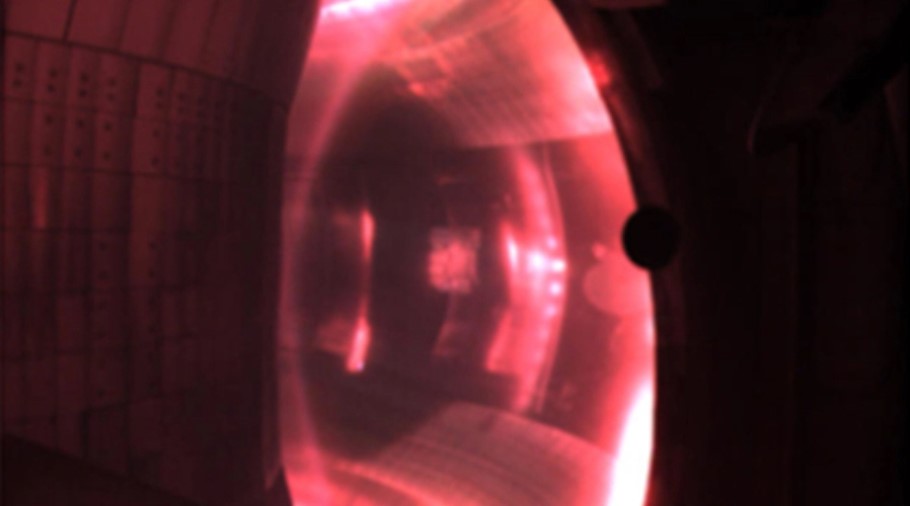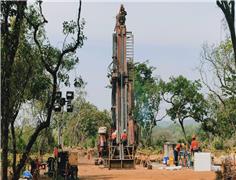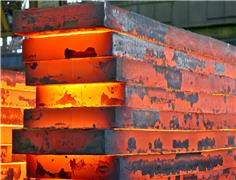- Write by:
-
Monday, February 15, 2021 - 7:50:44 PM
-
710 Visit
-
Print

Mining News Pro - Researchers at the US Department of Energy’s Princeton Plasma Physics Laboratory have created a plan using liquid lithium to control the extreme heat that could strike the exhaust system inside tokamak fusion reactors.
A tokamak is a confinement device that uses a powerful magnetic field to confine plasma in the shape of a torus and whose work is to produce controlled thermonuclear fusion power.
Fusion, on the other hand, is the nuclear reaction that occurs when atoms collide and fuse together, releasing huge amounts of energy. This process is what powers the Sun.
In a paper published in the Journal of Fusion Energy, the PPPL scientists explain that heat flow inside a tokamak could seriously damage the walls of the divertor at the heart of the device’s exhaust system and shut down fusion reactions in the doughnut-shaped facilities.
According to the team led by physicist Masayuki Ono, the problem arises because the energy stored in the core of the plasma that will fuel future tokamaks is expected to be 1,000 times greater than in facilities used today. Thus, if just 1% of the stored energy flared out of the core of a future reactor and reached the divertor, the damage could be extensive.
Ono said that such an event could be caused by flare-ups like edge-localized modes (ELMs), in which intense bursts of heat can slam into a tokamak’s plasma-facing walls.
Thus, the remedy he and his colleague Roger Raman propose calls for the injection of pellets of lithium into the divertor at the heart of the exhaust region, where the lithium would liquify and radiate strongly. The radiation would spread out much of the extreme heat escaping from the core of the plasma and would minimize the amount striking the divertor wall.
“The idea is to inject light impurities such as lithium, boron, or beryllium into the divertor region so as to radiate away much of the energy,” Ono said in a media statement. “The trick will be to go in quickly enough to protect the divertor with very little radiation affecting the plasma core. You don’t want to inject too much impurity material —just enough to do the job.”
The authors propose replacing gas guns currently used to inject lithium into tokamaks with an electromagnetic particle injector. This device would respond to any alert quickly and perform the injecting process while avoiding the unnecessary gas load that tends to be injected with the current method into the vacuum chamber that houses the core plasma.
Raman explained that warnings of extreme heat flux could come from the sudden flashes of light that heat bursts would create at the edge of the plasma. Such bursts could reach the divertor in about 10 milliseconds. The electromagnetic particle injector would rapidly fire a high-speed projectile into the divertor region to radiate away from the onrushing heat flux.
If this testing is successful, the application could next be tested on future tokamaks such as ITER, the international tokamak under development in France.
Short Link:
https://www.miningnews.ir/En/News/610465

A prefeasibility study for Predictive Discovery’s (ASX: PDI) Bankan gold project in Guinea gives it a net present value ...

Chile’s state-run miner Codelco plans to select a partner for a future lithium project in one of the country’s top salt ...

Chile’s SQM called another investors meeting at the request of its second-largest shareholder, Tianqi Lithium Corp., ...

Iron ore futures prices drifted higher on Thursday as the latest soft data from top consumer China triggered renewed ...

Lithium supplier Vulcan Energy on Wednesday announced the start of production of the first lithium chloride at its ...

Rio Tinto said on Wednesday it is teaming up with a global venture studio and start-up investor to back the development ...

Outflows from global physically backed gold exchange traded funds (ETFs) continued for a 10th month in March, but at a ...

A stuttering recovery in lithium prices is providing a fresh reminder of why the dramatic rally of recent years was ...

Australia’s Fortescue said on Monday it would form a joint venture with OCP Group to supply green hydrogen, ammonia and ...
No comments have been posted yet ...